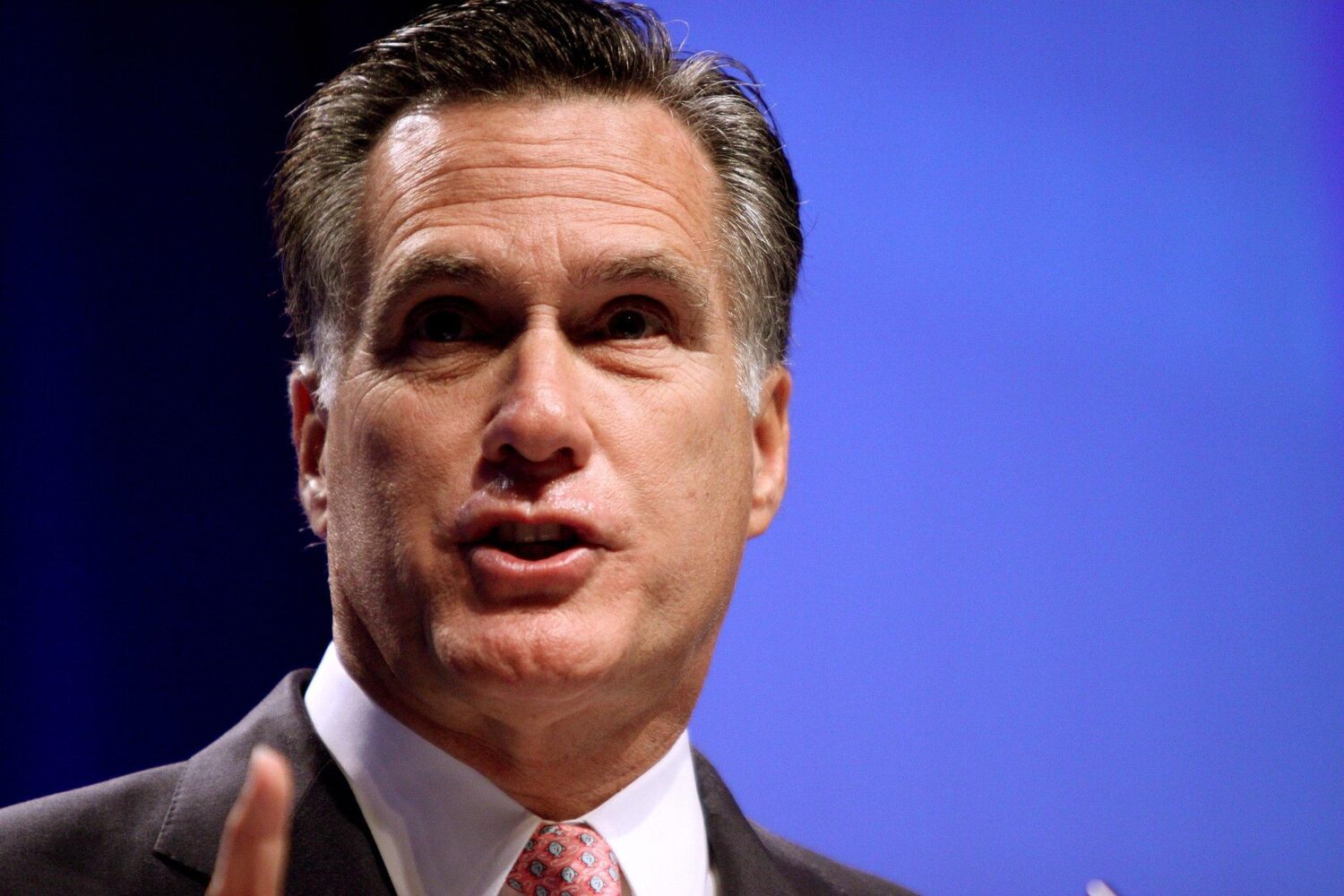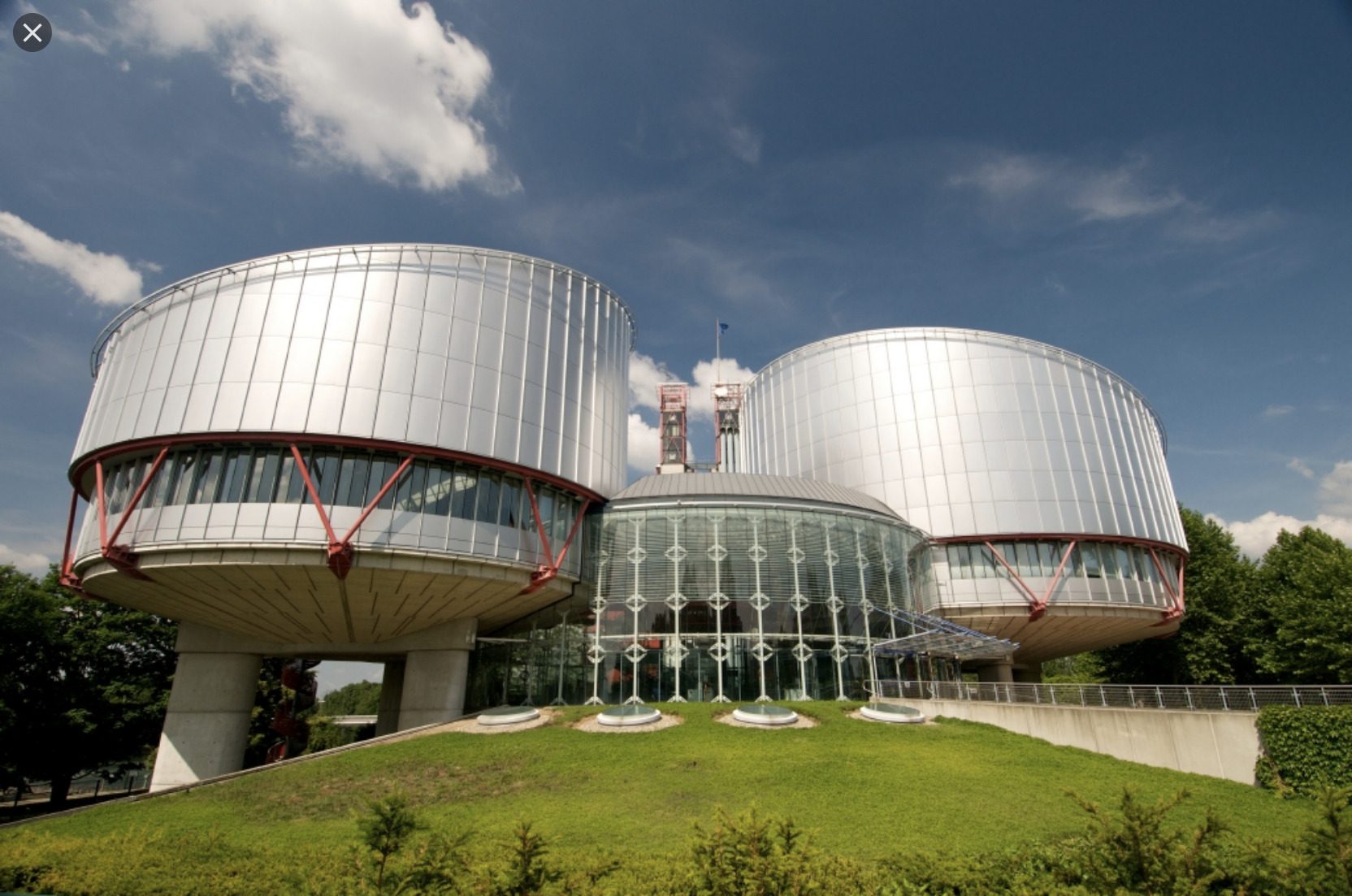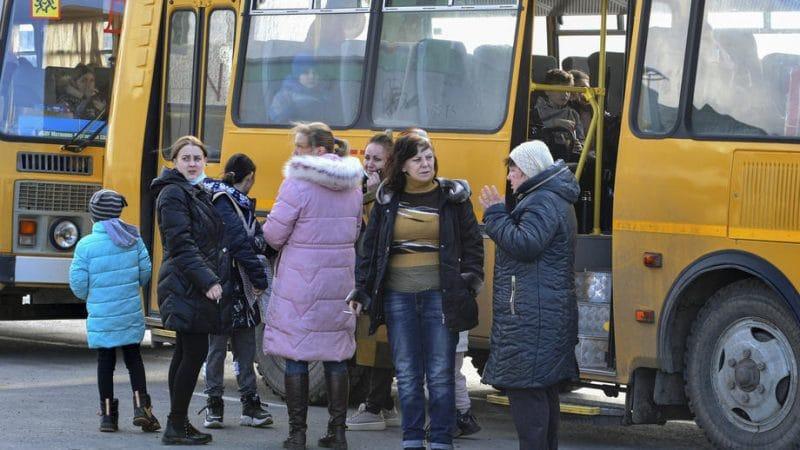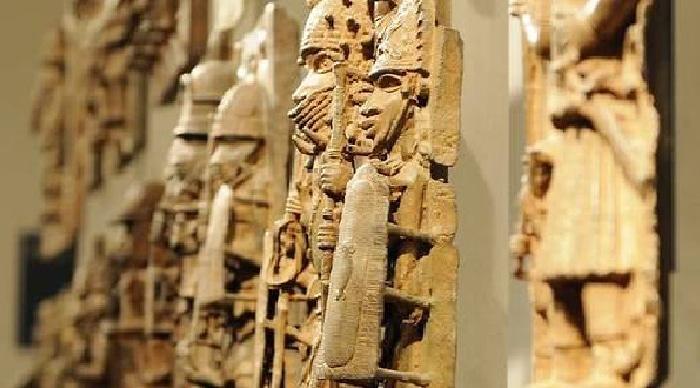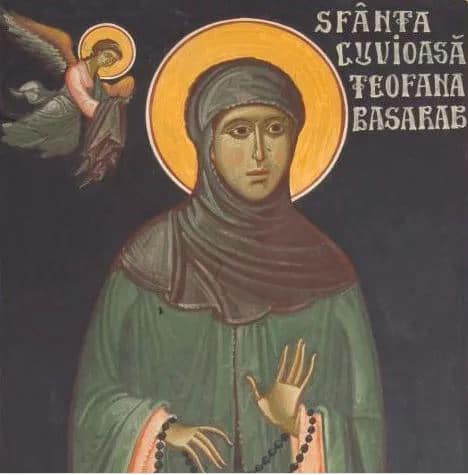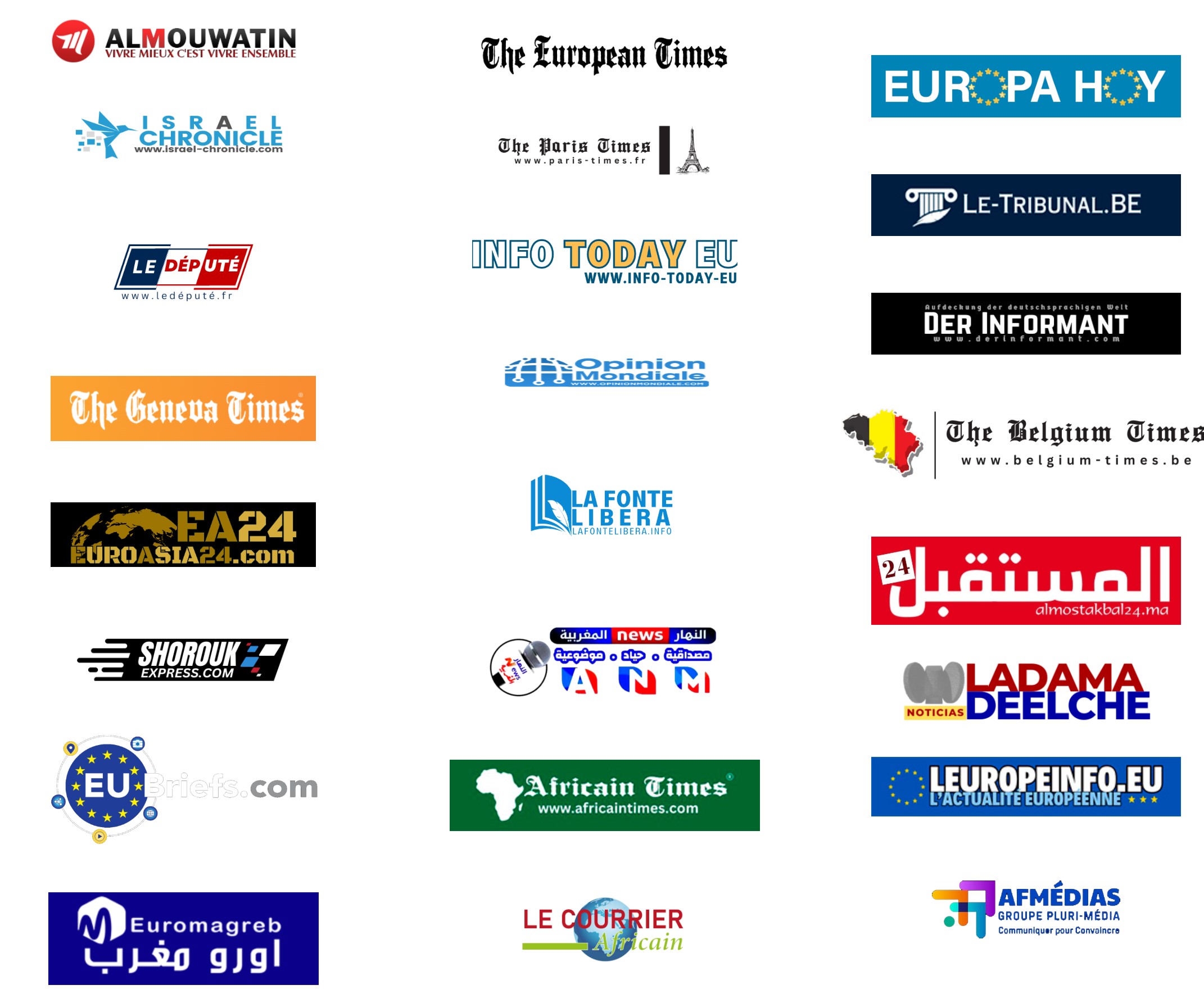From being the Republican presidential candidate, to being booed off the stage by the same people who voted for him. The now senator Mitt Romney may belong to a dying species of Republicans…
Mitt Romney was the Republican presidential candidate in the 2012 Presidential Election, he lost to incumbent Barack Obama and was then overshadowed by Trump and the new GOP. Son of Governor George Romney, a Michigan politician and Republican presidential candidate in the 1968 primaries against Nixon, businessman, millionaire, Winter Olympics organizer, Massachusetts Governor and now Utah Senator…
It seems like an age ago, maybe because it was an age ago. The Republican Party has changed solidly since 2016, things changed forever, a chapter of the GOP’s history had its end.
Trump, “for the better or for the worse” as people like to say, changed things permanently. He broke the stagnant and dormant American political system. Not in the way that many of his supporters think he did, by “draining the swamp”, no, turning it upside down…
Just look at the Republican Presidential Candidate that ran before him, 4 years earlier, and look at the difference… Mitt Romney couldn’t be more different from Trump, even in their wealth they are very very different, but only someone who didn’t pay attention to the 2012 Presidential Election did not understand that a storm was coming…
Mitt Romney ran for president, or presidential candidate, for the first time in 2008. He was a main contender for the GOP’s nomination along with Mike Huckabee and John McCain.
In the primary, he showed since the beginning an aptitude for campaign funding, spending $110 million, of which $45 million was from his own personal fortune. He also had an almost flawless organization at the campaign level, mostly because he had been planning to be a candidate since 2006, even putting his governorship of the state of Massachusetts at a secondary level to garner support inside the Republican Party all around the country.
In the end, however, it didn’t matter, John McCain built a constructive defeat since his 2000 run in the GOP presidential primary, and won the contest securing the nomination…
However, Mitt Romney built a constructive defeat too…
Mitt Romney never managed to have a grass-roots movement like many of his 2012 contenders managed to create. He even tried to sell himself as an outsider, as in a Washington D.C outsider, but his wealth, moderacy and governorship of a liberal state did not contribute to the image that the Republican Party base wanted…
Mitt Romney was viewed by many as a “flip-flopper”, a fake conservative, and his religion, Mormonism, did not help very much in trying to get the evangelical vote.
Romney seemly knew all this, and so his strategy was to run ads to make his opponents look worse, to convince people that he was the most “presidential” and the one with more chances to win against Obama and to play him as a uniting figure, obtaining votes from disillusioned Democrats, moderates and hard-line conservatives…
In 2012, Romney was lucky, the Republican Party was still in the middle of the Tea Party Movement hurricane, but the movement never managed to get a figure to rally behind against the “moderate” Romney. Many names surged in the list: Michelle Bachman, Rick Perry, Sarah Palin, Herman Cain, etc. But not one managed to garner enough support to seriously compete against Romney.
If Romney thought that the main threat was from the more radical wing of the party, he was shortly proven wrong. Newt Gingrich, Ron Paul and Rick Santorum were the candidates closer to flipping the race against Romney, but one by one they fell…
Gingrich because, even though he was the face of the 1994 Republican Revolution and a very conservative candidate, was considered “too much of an insider”, and so unable to garner support from the voters who wanted an “outsider” in the White House.
Ron Paul because he didn’t have the support inside the party establishment, and was too much of a libertarian, even though he won some caucuses.
And the main threat, Rick Santorum, was also a very conservative politician and even had an appeal with blue-collar workers. However, his narrow victories and the hospitalization of his daughter made the campaign difficult and he ended his campaign in April, before Gingrich and Paul.
Having won the primary and securing the nomination, Mitt Romney went on the attack against the incumbent Obama. However, the campaign did not go as well as planned. Many mistakes like the “47%” remark, the “$ 10.000 bet”, the Super PACs, his controversial management of Bain Capital and many, many other incidents marked the Romney campaign for the White House, a campaign that failed despite high expectations.
Looking back, the Romney presidential run seemed difficult to pull off… The main themes of the campaign were hard to sell, things like fiscal-conservatism and making the Obama presidency look like a complete failure, but Romney seemed completely impotent in effectively responding against Obama’s accusations and arguments against him. It is indisputable that Mitt Romney came off the campaign looking weak, or at least weaker than Obama.
Mitt Romney, of course, lost. He managed a better result than McCain, but it was still a big loss to a Republican Party that seemed numb. 206 electoral votes went for Romney and 332 to Obama. It wasn’t even close.
However, the most interesting part about Romney and his presidential campaign is how inconsequential it was… As soon as Mitt Romney lost, the GOP asked “Ok, what’s (or who’s) next?” – the answer certainly wasn’t obvious.
Romney is now a senator, he voted in favor of both Trump’s impeachments, and is now considered a RINO (Republican In Name Only)

